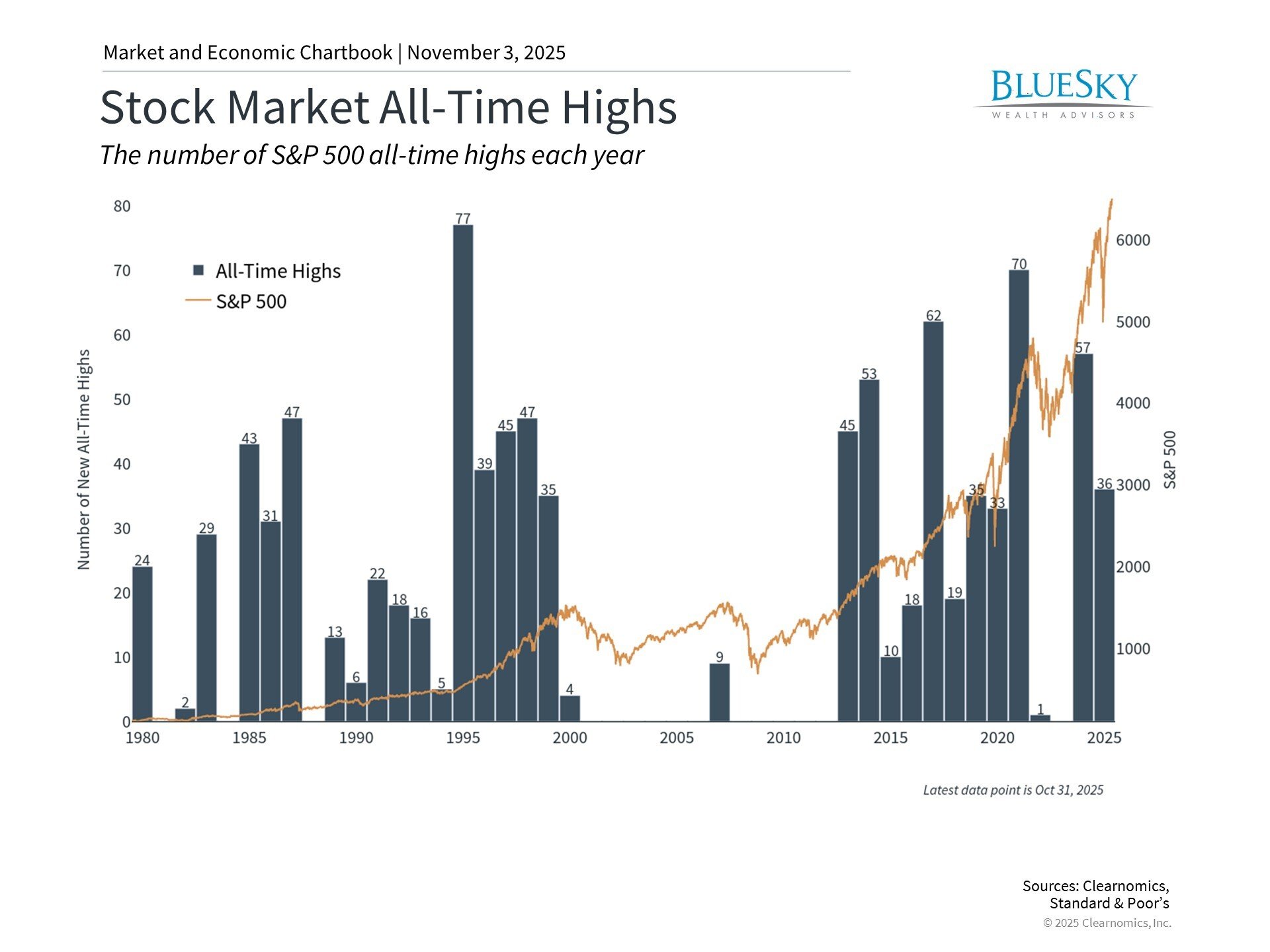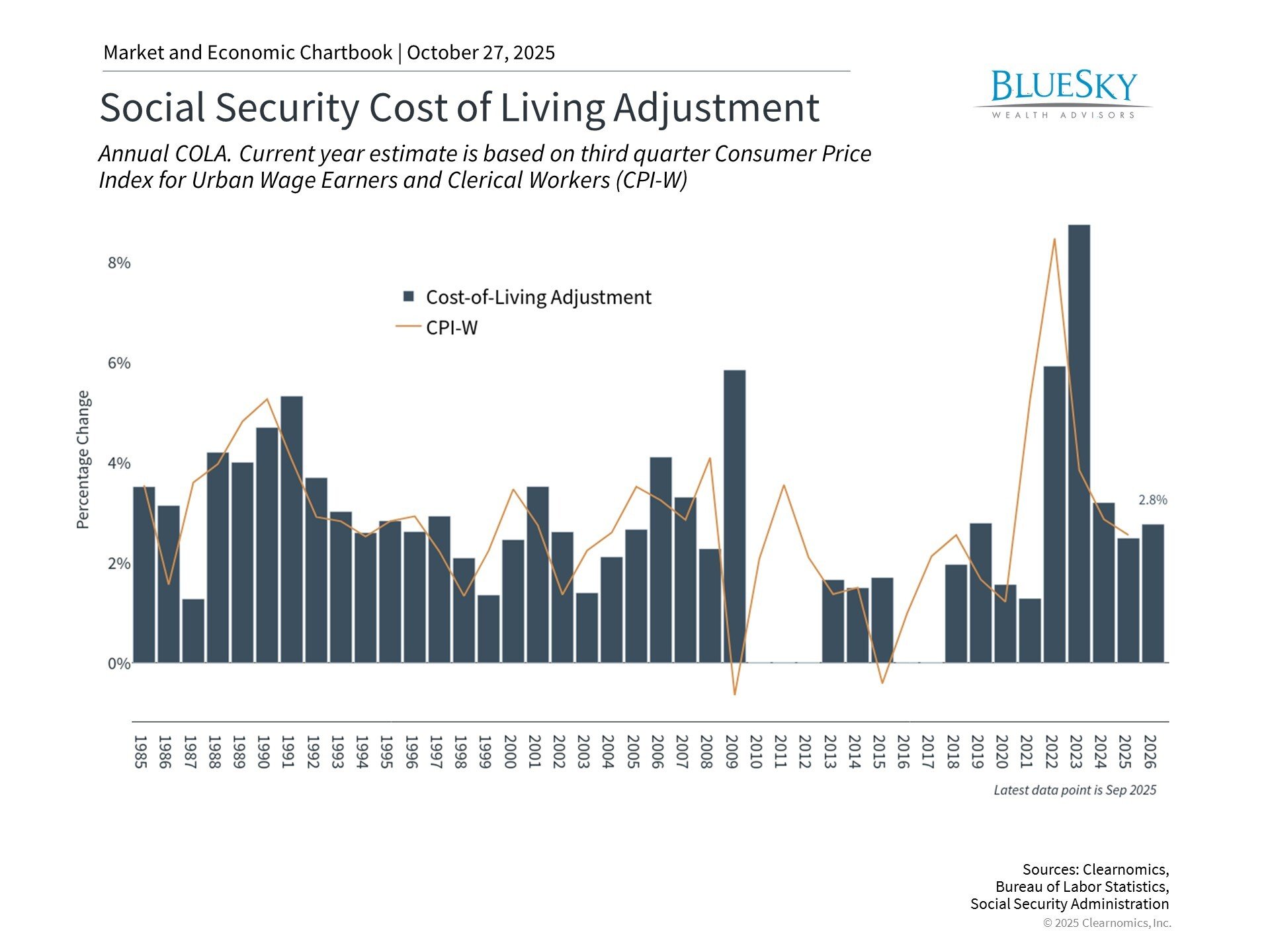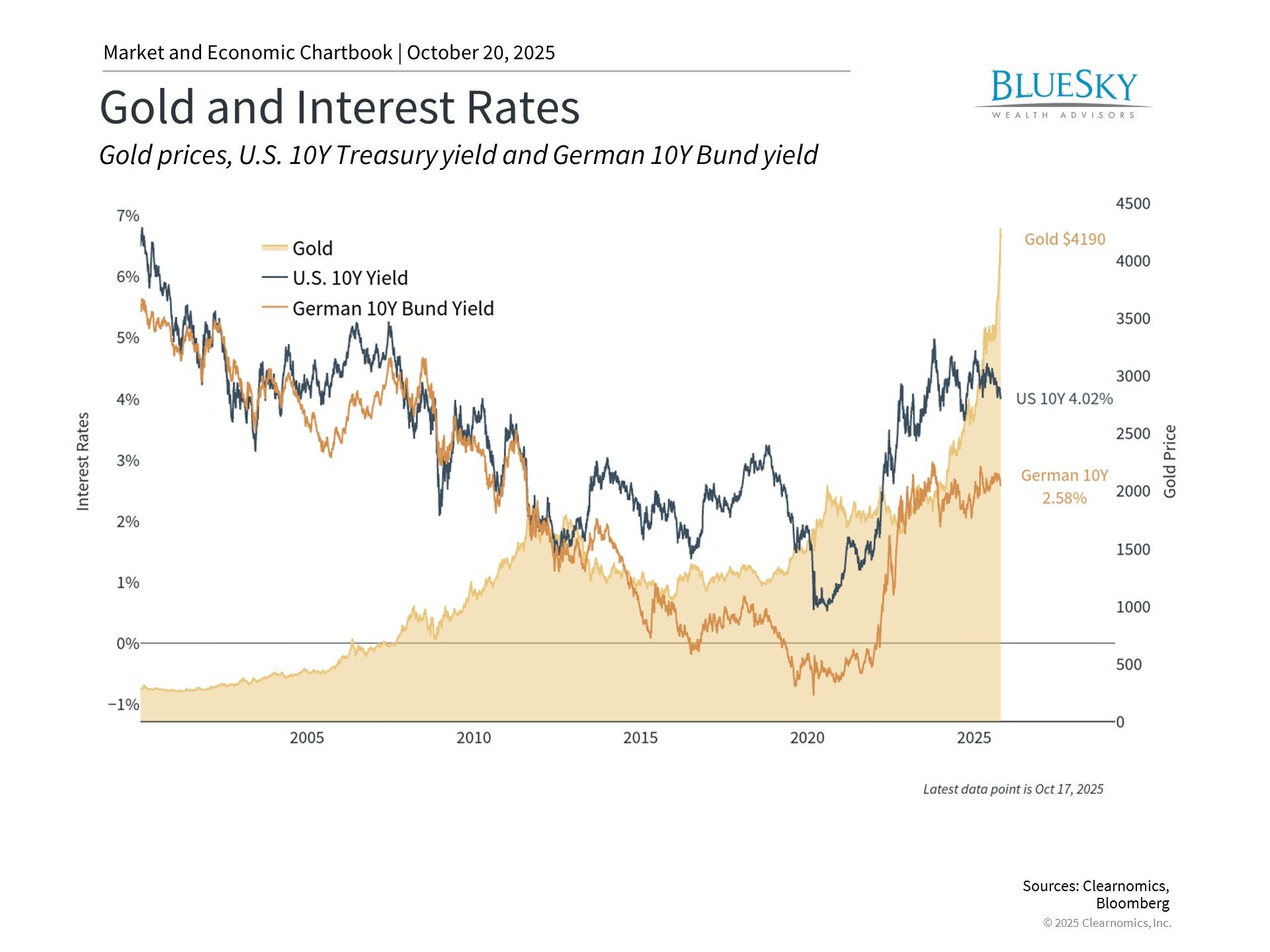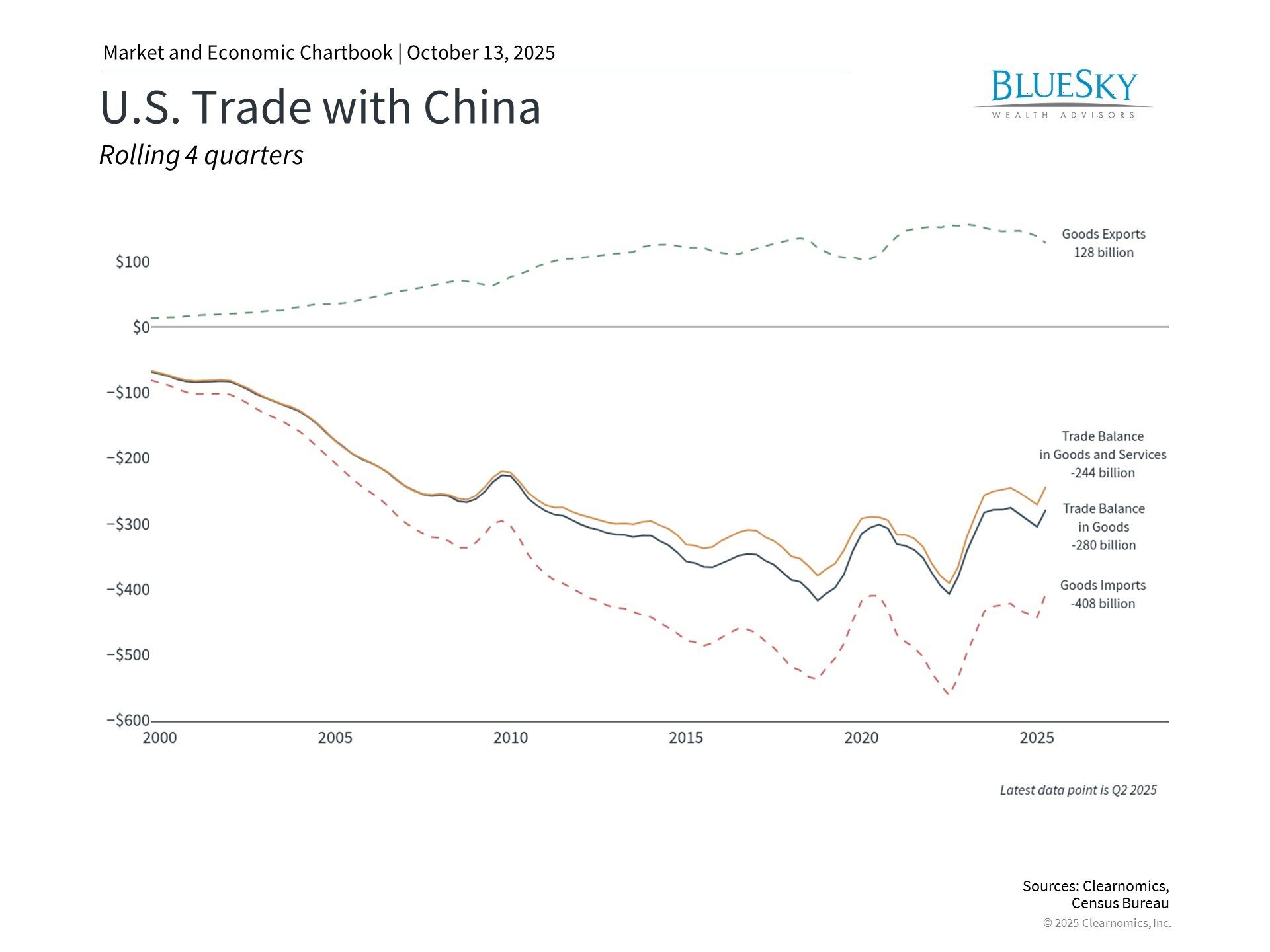
ARE EMERGING MARKETS SUITABLE FOR ALL INVESTORS?
ARE EMERGING MARKETS SUITABLE FOR ALL INVESTORS?

Senior Wealth Advisor John Gjertsen, CFA, CFP®, EA uses stocks in some of the world’s least developed countries to illustrate a remarkable principle of diversification:
With less-regulated markets, unstable currencies, and political risks ranging from nationalization of industry to civil wars, it is fair to ask why any American investor would want to stomach the risk of investing in emerging market countries like China, India, Brazil, South Africa, or Russia.
And yet—perhaps unintuitively—it is the high degree of systematic risks present which create a risk premium, the extra return that investors require and expect to make to compensate for the extra risk.
At the time of this writing in mid-May 2017, Emerging Market stocks as an index have risen 16.85% YTD, and 24.92% in the last 12 months. But it isn’t always so rosy; in 2015, they lost 13.79%, and in 2008 they suffered a catastrophic 54.44% loss. With so much volatility, do emerging market stocks belong in a risk-averse investor’s portfolio?
In a word: yes.
There is a free lunch
It is often said, especially in investing, that “there is no free lunch,” meaning that you can’t achieve higher returns without assuming higher risks. But when we look at asset classes, we don’t look at their risk and return in isolation, but rather their contribution to the risk and return of a portfolio. The “free lunch” of diversification is that while the return of a portfolio is equal to the weighted average expected returns of its components, the standard deviation (measuring a portfolio’s risk, or volatility) is less than the weighted average of standard deviations of its less-than-perfectly-correlated components.
The lack of correlation between equity markets in the developing world and other asset classes means that, when included in a small enough allocation, it is possible not only to increase expected return but decrease volatility relative to a portfolio without emerging markets. This is especially true for the most risk-averse portfolios with high concentrations of fixed income. The very high expected return is coupled with risks which are attenuated by their lack of correlation to other risks present in the portfolio.
Moderation required
Staying with the culinary metaphor of the free lunch, I often refer to emerging markets as the “hot sauce” in a portfolio. The magic of diversification works in small quantities, but when emerging markets are the main course and not the condiment, their risks can be overwhelming.
Early in my career as a computer programmer, before I was ever inclined to study finance, I had a coworker who chose to put 100% of his 401(k) into the investment option with the highest 10-year historical return. The year was 1996, and his 401(k) was 100% emerging markets stock. In the years 1997-2000, emerging markets returned -11.59%, -25.34%, 66.49%, and -30.83%, or an annualized loss of almost 7%. Fortunately, he was just starting out in his career, so the lesson he learned was with small dollars. I hope for his sake he was more diversified by 2008. It is also interesting to think that the same rudimentary strategy in evaluating 401(k) choices could have resulted in 100% short term US Treasuries if applied in 2009.
A dash of sriracha in a bowl of soup can be wonderful, but a bowl full of straight sriracha sauce is appropriate for no one.
On a related subject…
One distinctive service of BlueSky Wealth Advisors that few other professionals provide is the ability to evaluate and manage the assets in a 401(k) or similar retirement plan together with outside savings in a single household portfolio. This way we can put the least tax-efficient investments in the retirement accounts and take advantage of the best funds in the 401(k) lineup while filling out the unavailable asset classes in their other accounts. Contact us for more details, and let’s do “lunch” together.





